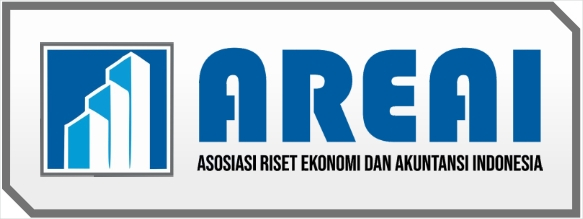Leadership And Strategic Management At Army Polytechnic
DOI:
https://doi.org/10.55606/bijmt.v2i1.2909Keywords:
Leadership And Strategic, Management, Army PolytechnicAbstract
Leadership is the strength, skill or ability that exists within a person to influence and lead other people, with the aim of achieving predetermined targets (goals). Leadership can also be defined as a management function to influence, motivate, or direct other people to do certain things to achieve certain goals. An Army Polytechnic Leader is someone who is given the status of leading an Army Polytechnic based on selection and assignments given by the Indonesian Ministry of Defense. A person selected to be a leader is an individual who is able to influence, encourage, invite, guide, mobilize and direct individuals in the organization so that they can receive their influence in order to achieve the goals of the Army Polytechnic.
References
Ahmed, A.K. (2012). The role of leadership in organizational development. Journal of International Business and Commerce. Vol1, N0. 11,97-104.
Bonoff, N and Zimmerman, B.(2010). Research paper on the Budget management And accountability: Evidence from Kenyan Local Authorities. Public Administration and Development
Bonnici, T.S. (2015). Strategis Management. International Management. 6 . https://doi.org/10.1002/9781118785317.weom060194
Graeme Cocks, (2010). Emerging concepts for implementing strategy. TQM journal vol. 22, 1ss: 3,pp.260-266.
Hubbard, G., Samuel, D, Heaps, S. (2007). The First X1: winning organizations in Australia, John Wiley, New York, NY
Lynch. (2009). Strategic Management. 5th Ed. Pearson Education ISBN: 9780273716389
Morris, J. 2018. Strategic Management. OREGON STATE UNIVERSITY. Pressbooks. Oregon.
Michael Urick. (2016). Understanding the Context of Leadership – Advice from Classic Country and Jazz Musicians. Retrieved from http://info.stvincent.edu/faculty
Ndlovu, F., Tshabalala, T. (2016). The Role of Leadership in Management of Educational Institutions. Cross-Currents: An International Journal on Humanities & Social Sciences, 2(2), 41-46.
Quinn,M. (2005).Leadership, how to lead, how to live. MindEdge Press. Walham
Rencher, A.C. (2002). Methods of multivariate analysis. John Wiley and Sons, New, NY. 708P.
Retrieved on January 19, 2022, from investopedia.com/terms/s/strategic-management.asp
Retrieved on January 20, 2022, from indeed.com/career-advice/career-development/classical-management-theory
Retrieved on January 20, 2022, from smallbusiness.chron.com/management-theories-concepts-workplace-17693.html
Retrieved on January 20, 2022, from.indeed.com/career-advice/career-development/effective-administrative-management-strategies
Retrieved on January 20, 2022, from business.com/articles/management-theory-of-max-weber/
Retrieved on January 20, 2022, from indeed.com/career-advice/career-development/modern-theory-of-management
Retrieved on January 21, 2022, from indeed.com/career-advice/career-development/what-is-strategic-management
Retrieved on January 21, 2022, from hbr.org/2005/10/the-office-of-strategy-management
Retrieved on January 19, 2022, from hbr.org/2005/10/the-office-of-strategy-management
Sunko, E. (2012)Leadership in Educational Institution. International Perspectives on Education. BCES Conference Books, Vol. 10
Ting-Toomey, S. (1999). Communicating across cultures. The Guilford Press, New York, 261.
Yukl, G. (2002).Leadership in Organizations 5th Ed. Prentice Hall, New Jersey.















